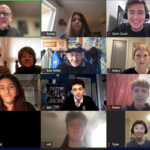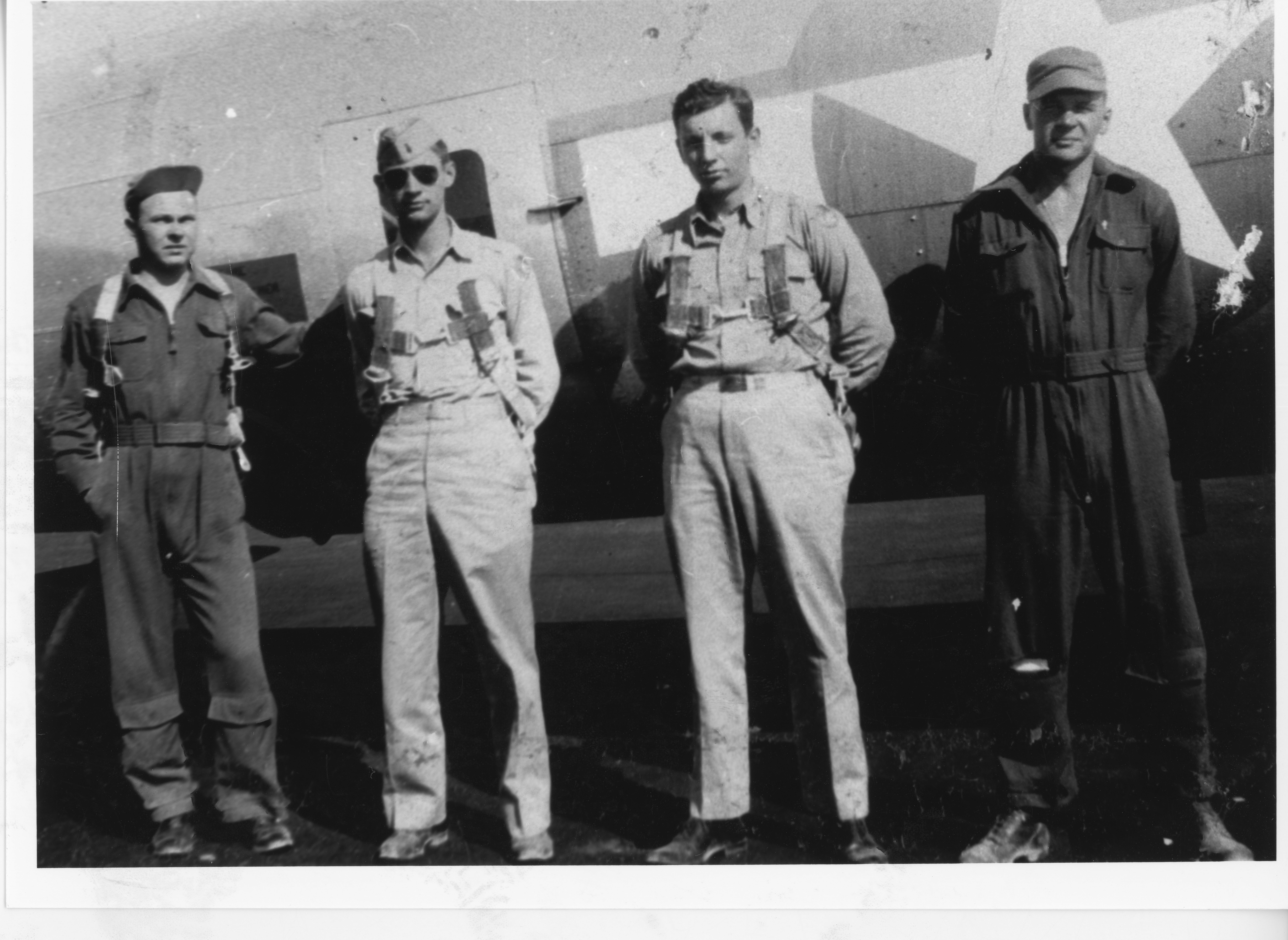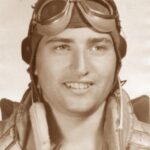George Rubin was born May 7, 1925 in Brooklyn, New York, and that is where he grew up during the Depression and early war years. He graduated from Erasmus Hall High School in 1943, and he recalls that most of the young men in his class had either enlisted or were drafted right as they turned 18. George grew up in a secular Jewish family, but religion was not a big part of his upbringing – he always thought of himself as American first. Pearl Harbor changed the equation for George and the men of his generation; even George’s father – a Great War veteran – wanted to reenlist. George had a love of flying so he opted for the U.S. Army Air Corps, and he was sent for training at High Point College, followed by Armorer/Gunnery School in Denver, Colorado. From there he went to a number of bases where he met his crew and they were trained on how to operate their new aircraft, which they learned they would be flying to Europe via the north Atlantic ferry route. George flew with the 486th Bomb Group, stationed in Sudbury, in Suffolk. As a waist gunner he confronted the same realities all the crews did: flak, fighters, fear, and freezing cold conditions. George and the crew ran into tragedy on their 18th mission, when they were shot down near Sonthofen, Germany, just north of Austria. The pilot managed to land the damaged B-17, but they ended up near a Hitler Youth training camp: they were captured and about to be executed when an officer intervened to save them. After this they were sent to Dulug Luft for interrogation, and then into the stalag system of POW camps. George was also subjected to the horrifying “Long March”, when all Allied POWs were marched into southern Germany during the winter months of 1945. Liberation came at the hands of Patton’s 3rd Army in the closing weeks of the war, and George and the other men were flown to France, and then home via the “Cigarette Camps” near Le Havre, France. He was back in the USA now, stationed in Atlantic City as he regained his health. He was also transferred to Air Transport Command in Fort Dix, N.J., and for a time he was an air steward on DC-3s that were returning men stateside. George recalls that he and the other men were welcomed home as heroes; they forgot the war and transitioned back into society, often burying the realities of PTSD deep inside. George confronted this reality later in life and found himself evolving towards non-violence and pacifism, ideals that led him to become a Quaker later in life. George also met Marjorie after the war, and the two of them married and found their way in postwar America. Crestwood students met George Rubin over zoom in March 2025.
Videos
Click next video below to keep watching



